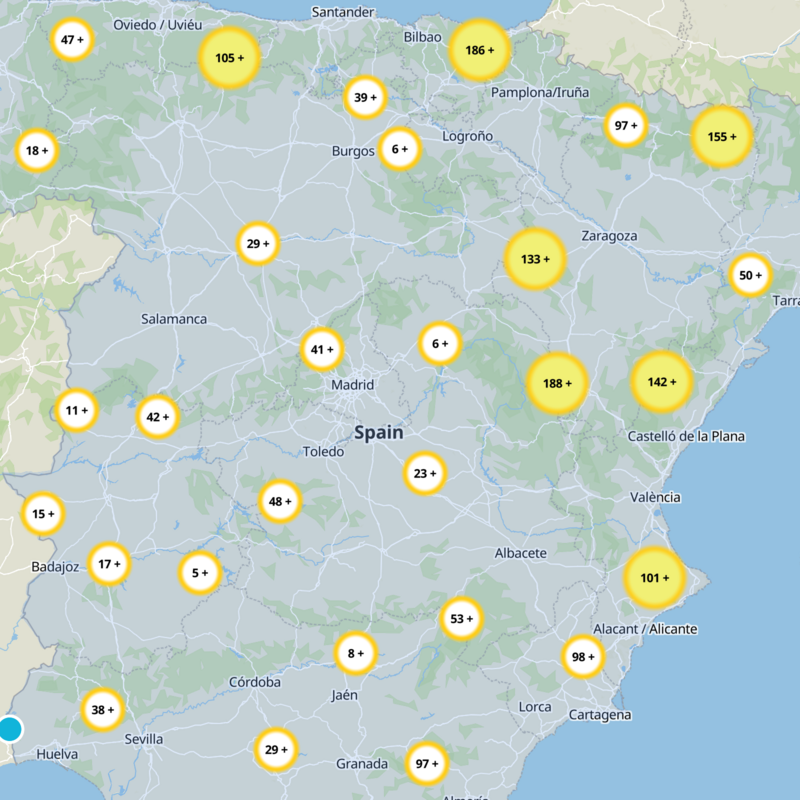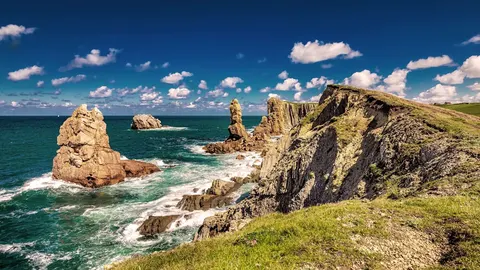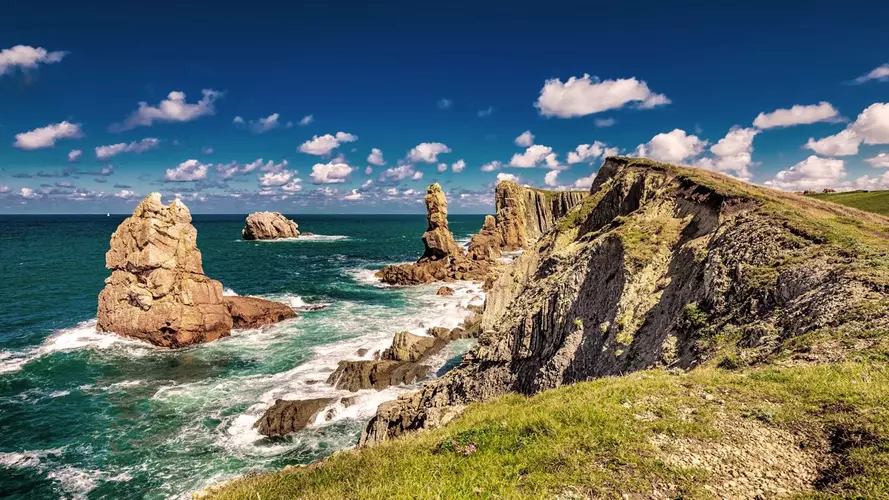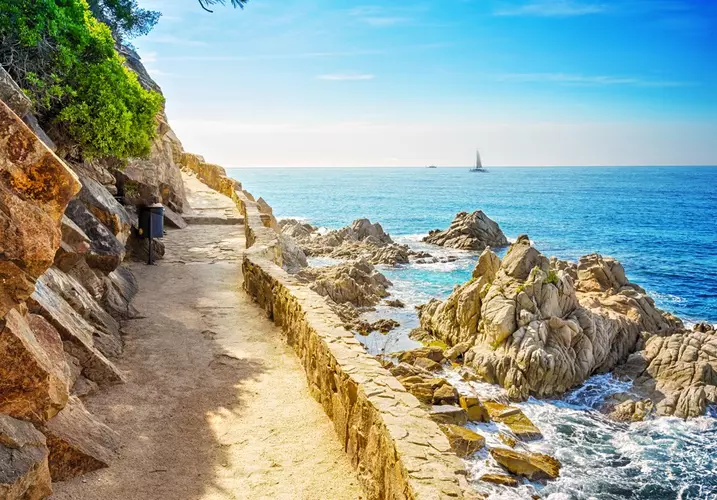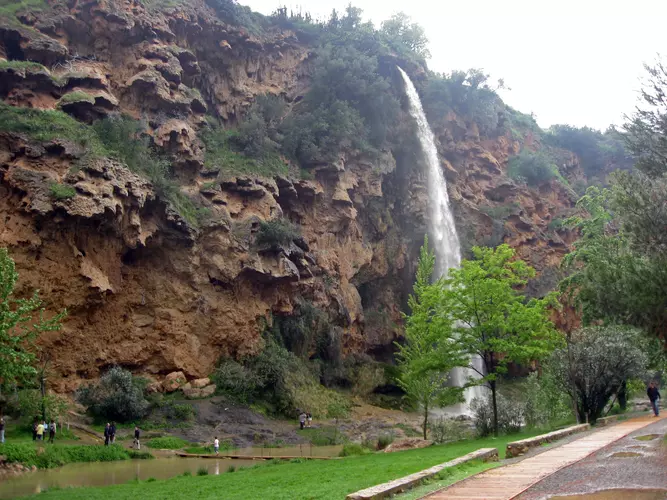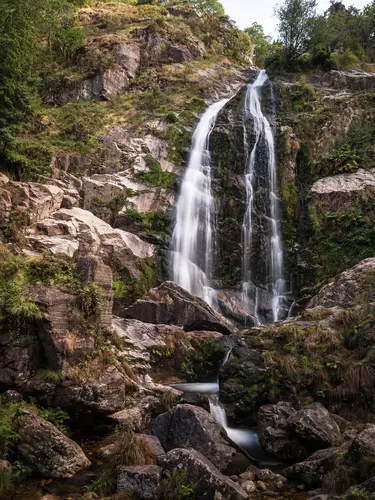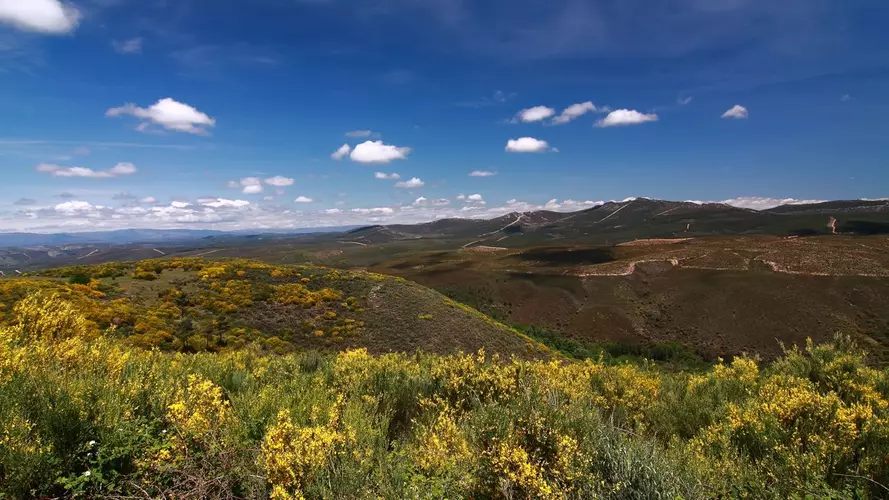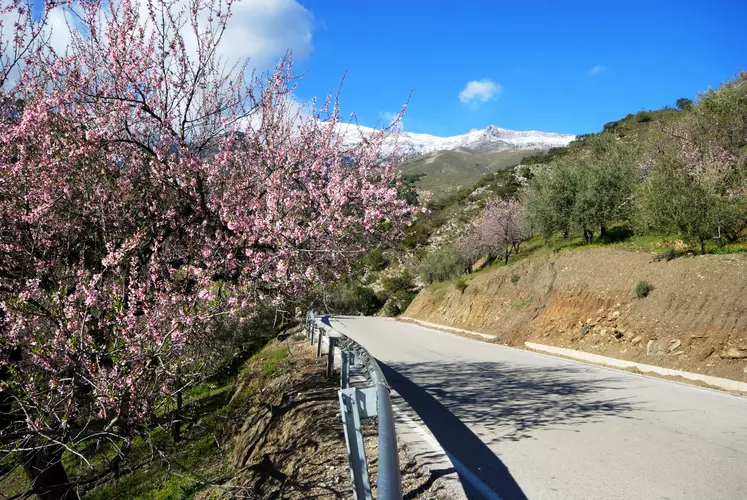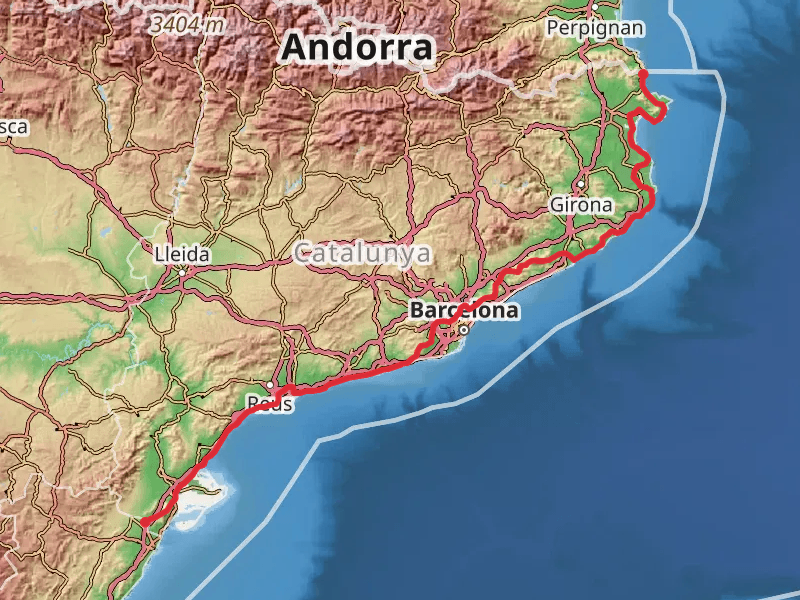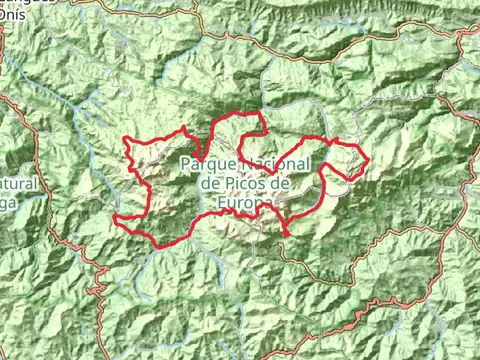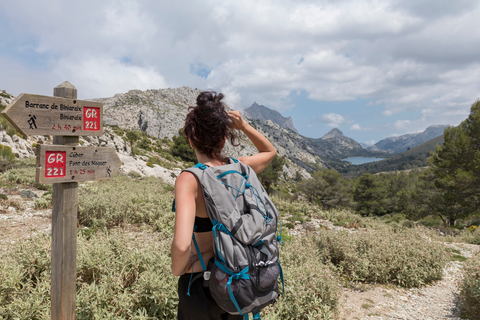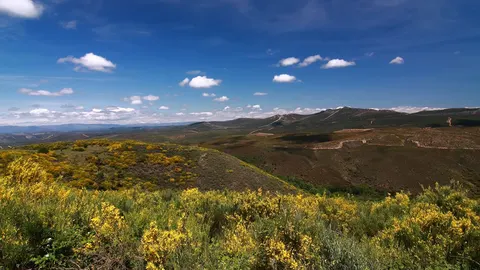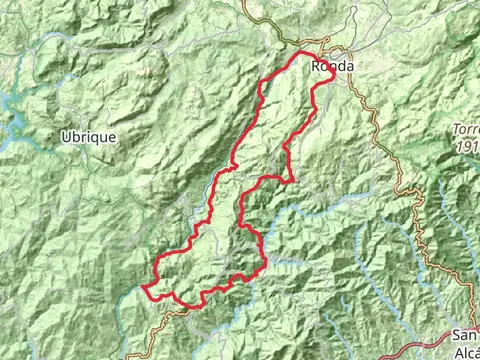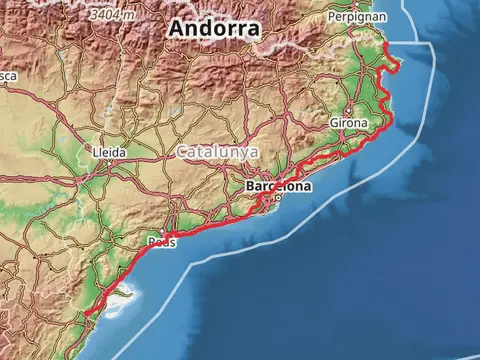"Explore Spain's enchanting trails, where diverse landscapes and rich history unfold with every step."
Embark on a journey through Spain's diverse landscapes, where every trail tells a story. From the rugged peaks of the Pyrenees to the sun-kissed paths of Andalusia, Spain offers a hiker's paradise. Discover the mystical beauty of the Camino de Santiago, where ancient history meets breathtaking vistas. Wander through the lush forests of Galicia or the dramatic cliffs of the Costa Brava. Each step unveils a tapestry of culture, nature, and adventure, inviting you to explore Spain's enchanting trails.
Most popular hikes
FAQs about hiking in Spain






